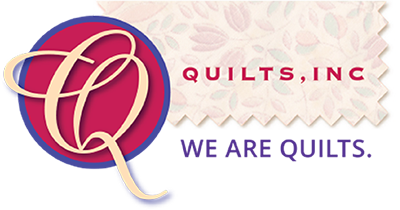Note: This continuing series will repost some of the most memorable columns of Suzy’s Fancy, which ran from 2009-2020. This piece originally ran in 2009.
Not long ago, I made my daughter go through her closet and pull out all of the clothes she had outgrown or no longer wore. When she finished, there was a sizeable pile of garments on the floor. As I sorted through the castoffs, I made further piles of things to be handed down to smaller and younger friends and relatives, things to go to Goodwill, and things that were too worn out to go anywhere but the trash. While mentally patting myself on the back for my efforts to recycle the clothing, it occurred to me that women of earlier times would have looked at these outgrown wearables quite differently.
For one thing, there would not have been nearly so many clothes to deal with. They would have likely been passed down more than once already, so everything would have seen more wear and tear. The decision as to what to do with the clothes would have been simplified as well. Was there another family member who could wear them? If not, what could be salvaged for the scrap bag and used to make a quilt?

Not that that long ago, the final destination of used clothing was often a quilt. Specifically in some African-American families, shirttail, dress-tail, dress-stomach, necktie, and workclothes quilts were the product of thrifty quilters who let nothing go to waste. Britches quilts were made from the parts of pants that had not worn out. I once asked an African-American quilter by the name of Matilda Brown whether she had ever made a britches quilt. “Lord, child!” she said. “That’s the wrong question to be asking me. You should ask, how many britches have I made. And then I’d say, ‘I don’t know.’ I’m 82 years old and I’ve lost count.” I was also told about baby quilts crafted using the tops of men’s heavy work socks after the “feet” had worn out.

Of course, until just a few decades ago, most clothing was homemade and leftover fabric scraps were the primary source for quilts of all kinds. Even the smallest bits of cloth could be saved and put to good use, as evidenced in the many string quilts that were made. String quilts are an excellent example of creating something from just about nothing. Leftover scraps of fabric sewn randomly onto a foundation typically made from muslin—provided the ultimate in recycling, not to mention some of the most visually appealing quilts imaginable.

Fabric from used clothing was not the only kind salvaged to make quilts. Sackcloth of all sorts—feed, sugar, flour—was a primary source of quilting materials. My Aunt Neva chose what brand of those particular things she was going to buy based on the color and pattern of the fabric used to make the sack.
I remember that one time she got a bag of flour that had weevils in it, but she didn’t take it back to the store because she really liked the sack. Tobacco sack quilts were popular during the Depression. These little bags were made from unbleached muslin, and once their string tie was removed and the side seam ripped out, the resulting rectangle was the perfect size to stitch back together into a quilt.
My family calls me the Recycling Queen, because I’m always harping on the need to recycle everything possible, and I drive them all to distraction by sorting, stacking, and saving all sorts of paper, glass, and plastic. I wash and reuse plastic bags and aluminum foil, and I even keep a string ball. But when I think about that pile of my daughter’s clothes and what my grandmothers would have done with them, I know I’m out of my league. Our quilting forebears were the ultimate recyclers.



